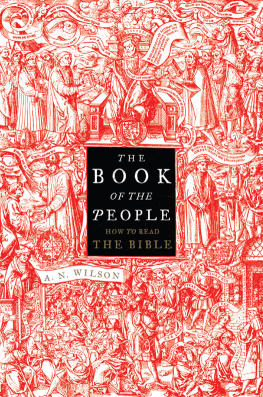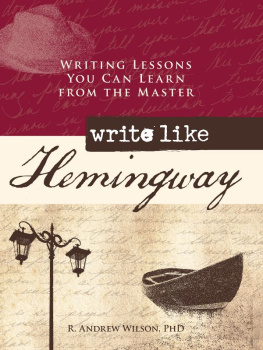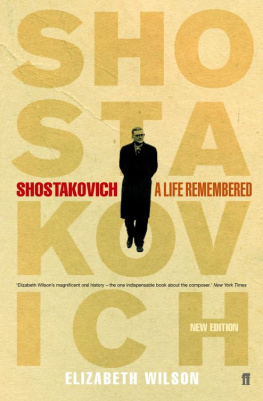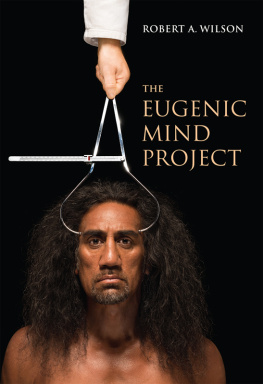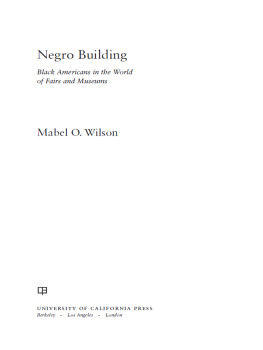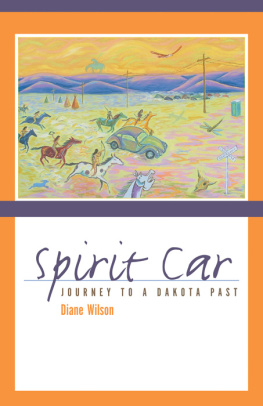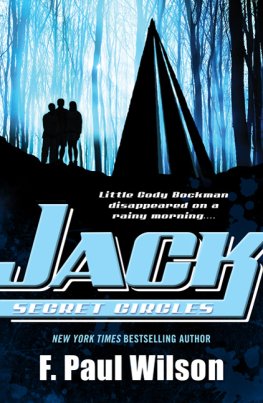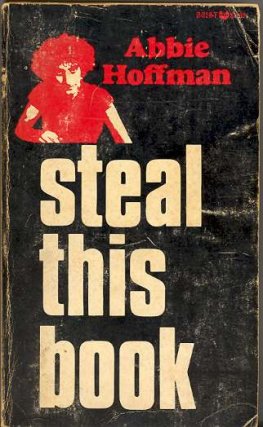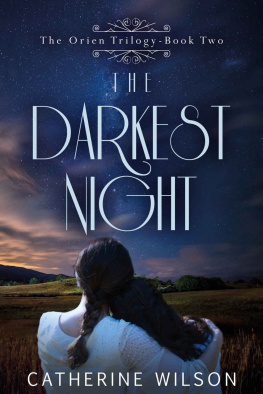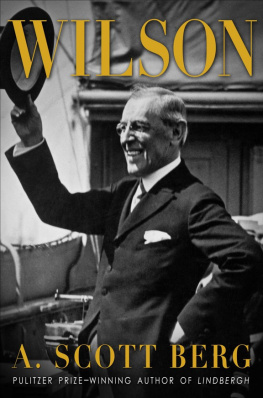
Gallery Books
An Imprint of Simon & Schuster, Inc.
1230 Avenue of the Americas
New York, NY 10020
www.SimonandSchuster.com
Certain names have been changed.
Copyright 2016 by Cody Wilson
All rights reserved, including the right to reproduce this book or portions thereof in any form whatsoever. For information address Gallery Books Subsidiary Rights Department, 1230 Avenue of the Americas, New York, NY 10020.
First Gallery Books hardcover edition October 2016
GALLERY BOOKS and colophon are registered trademarks of Simon & Schuster, Inc.
For information about special discounts for bulk purchases, please contact Simon & Schuster Special Sales at 1-866-506-1949 or .
The Simon & Schuster Speakers Bureau can bring authors to your live event.
For more information or to book an event contact the Simon & Schuster Speakers Bureau at 1-866-248-3049 or visit our website at www.simonspeakers.com.
Interior design by Davina Mock-Maniscalco
Jacket design by Richard Yoo
Jacket photograph Defense Distributed
Author photograph Defense Distributed
Library of Congress Cataloging-in-Publication Data
Names: Wilson, Cody, author.
Title: Come and take it : the gun printers guide to thinking free / Cody Wilson.
Description: New York : Gallery Books, [2016]
Identifiers: LCCN 2015044486
Subjects: LCSH: Wilson, Cody. | Firearms ownershipUnited States. | FirearmsLaw and legislationUnited States. | FirearmsDesign and construction. | Three-dimensional printing.
Classification: LCC HV7436 .W545 2016 | DDC 323.4/3dc23 LC record available at http://lccn.loc.gov/2015044486
ISBN 978-1-4767-7826-6
ISBN 978-1-4767-7828-0 (ebook)
For my parents, Dennis and Cecelia
and
To the memory of my grandfather, Harold B. Wilson
There is much more to be hoped for in an excess of information or of weapons than in the restriction of information or arms control.
Jean Baudrillard
CONTENTS
PROLOGUE
WikiLeaks, Solid Imaging, and Open Source
A t high summer, we gathered in Little Rock at the Peabody. By the evening the hotels signature ducksfour hens and a drakewould have already completed their twice-daily march from the rooftop penthouse to the lobby fountain, where they fluttered and splashed.
In a few more months the Southern charm would be wrung from the place: no more mallards in the elevator. But back then, in the summer of 2012, we basked in the final flickering of it all. We drank to the uneasiness in culture.
Music, voices, and the sounds of the running fountain danced about the marbled, open floors. Golden light filled the huge recesses above and around the lobby bar, ringed by six great pillars. The hotel opened directly onto Markham Street and the walking crowds on the Old Statehouse plaza. I lured any who might listen to this marvelous set piece with the grandest exhortations Would you be remembered? and here made a ritual of holding a fiendish court.
At one of these twilight salons sat Chris Hancock, an old classmate of mine, his tangled black hair brushed from his face. He had brought a friend.
You remember WikiLeaks! I insisted to them both. Do you recall the insurance files?
WikiLeaks sends everything theyve got out to the public in advance. Its all published and torrented but protected from reading by some long password, right? Chris answered.
Exactly, I said, losing the word on my breath. And in the event the states move in for some final shutdown, only then do they release the password. The copies were already distributed. The damage sits waiting to be done. Maybe the files had been seeded for months, maybe years. You cant pull them all down. The threat is credible because everyone has a computer. Every computer is always already on the Internet.
Peer-to-peer technology gives you leverage, sure. So, what are you saying?
What Im saying is you can leak more than emails and cables. There are new machinesnetworked, material printers. They use complex and evolving materials. Into this budding universe of digital production... you leak a gun .
I liked to watch the realization come to people in stages. It had been no different with Chris. Except on this night he made a conceptual leap.
A Wiki Weapon, he mused, looking down at the square candle on our table.
And I admit I was a little stunned by the words. Alarmed, even, that the clever coinage was a sign I still didnt understand the significance of the proposition after these months. They made me jealous too.
Chriss friend looked at both of us then, his face flushed with the chill of true and unwelcome surprise. And I whispered it:
We are the heartworms of history.
The eminent science-fiction writer Arthur C. Clarkes Third Law states: Any sufficiently advanced technology is indistinguishable from magic. Although 3D printing may seem like magic, it came from very practical beginnings.
A man named Chuck Hull first demonstrated solid imaging in the lab in 1984. He translated a digital design into a set of coordinates able to be translated to an ultraviolet beam aimed at a vat of liquid photopolymer. As the light traced lines upon the surface of this bath, the exposed lines cured and solidified.
After a cross section of the design was drawn, the laser traced another section to build another layer. Chuck says he woke his wife in the night to show her his first true part. He patented the technology and co-founded a company to sell it by the name of 3D Systems.
In the late eighties, Scott Crump pioneered a method for solid imaging based on the controlled layering of thermoplastic through a filament feed. The Eureka! story goes that he was inspired by his use of a hot-glue gun one afternoon.
Around the same time, in 1984, Richard Stallman, a programmer from Harvard and MIT, was on a mission to offer computer users something entirely different: free software. The word free in our name does not refer to price, he wrote in 1986. It refers to freedom. Users would be given the freedom to copy a program and redistribute it to their neighbors. And they would be able to change a program so that they could control it. This meant that the source code for the program would be publicly available.
The term open source came from a working group in California responding to a monumental act by Netscape, who decided to offer their browser as free software to the public in 1998. Free and open-source software can now be found everywhere you look. Names like Linux, Python, Apache, Perl, and perhaps even Bitcoin may not mean much to you, but you likely use devices or applications based upon these open-source softwares every day of your life.
I consider myself lucky to have been attending the University of Texas at Austin when we began the work that would lead to the 3D printed pistol. The university was at the forefront of developing 3D printing techniques in the 1980s, and in the years since I began the project, Ive been regularly surprised by its academic and commercial contributions to the technologies I was exploringnot to mention the contributions of the state of Texas as a whole.
Over the years Ive picked through the old papers on the printing innovations, usually with an eye for the personalities of the early authors and industry players. When I read Dr. Paul Jacobss work from the early nineties, what stood out to me most was his American optimism. He believed the technology was and would be a great boon to American enterprise.


